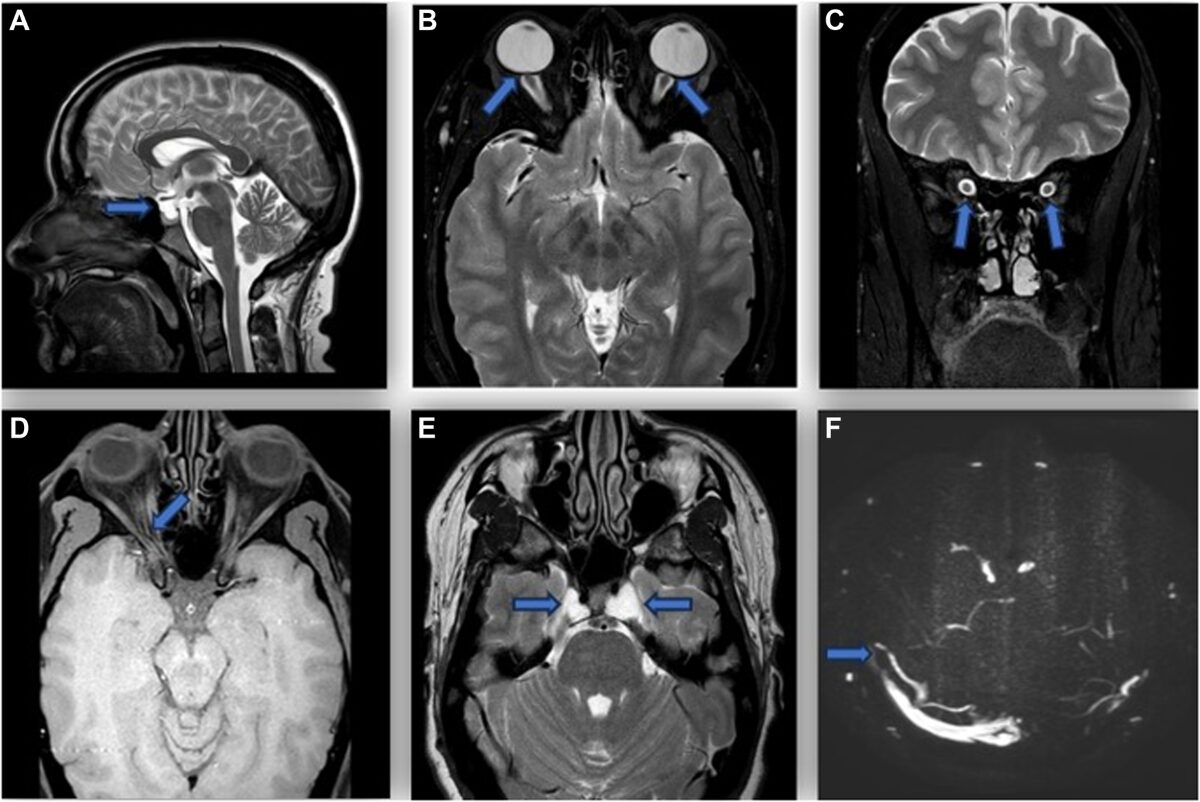Neuroradiology focuses on diagnosing conditions of the brain, spine, head, and neck using imaging techniques. If a vision issue originates in the brain, neuroradiology provides detailed images, offering a non-invasive window into the complex structures that control sight. This process helps clarify the source of vision-related symptoms. Here is more information about how neuroradiology helps with vision-related brain disorders:
Identifying Cause
Neuroradiology uses several imaging methods:
- Magnetic resonance imaging (MRI)
- Computed tomography (CT)
These help identify the underlying causes of issues like vision disorders linked to the brain. Scans create detailed pictures of the brain, so doctors can locate abnormalities such as tumors, inflammation, or damage from a stroke. Pinpointing the exact location and nature of the problem is a primary function of these diagnostic tools.
Monitoring Disease Progression
After an initial diagnosis, neuroradiology plays a role in tracking the progression of a condition over time. Follow-up scans are typically performed, and these new images are compared with earlier ones to detect any changes. While a condition may progress, regular imaging helps your care team stay informed about its development. This comparative analysis shows whether a disorder is stable, advancing, or responding to treatment.
Guiding Treatment
Neuroradiology provides the detailed information that helps medical teams formulate a treatment plan. Because these images show the precise size and location of an issue, such as a lesion or tumor, doctors use this data to guide their approach. This helps in creating a plan that is specific to your condition, and it makes sure that the plan addresses your individual needs.
The imaging results are used to map the exact area requiring attention. This map is particularly useful for planning procedures like targeted radiation therapy, and it allows for a focused application of treatment. Careful planning may minimize the impact on surrounding healthy brain tissue.
Surgeons also rely on neuroradiology scans to prepare for operations. They can use the images as a roadmap during a procedure, which assists with navigating complex brain structures. Surgeons may review scans beforehand to anticipate challenges before surgery begins.
Avoiding Invasive Surgeries
In some situations, the detailed insights from neuroradiology might help you avoid the need for exploratory surgery. Since imaging techniques provide a clear view of the brain, they can give doctors enough information to avoid surgery. This clarity may reduce the need to physically explore the area to understand the problem.
The scans are very detailed. This means doctors are able to see a lot without needing to operate, so you might be able to bypass a more involved diagnostic process. By utilizing advanced imaging technologies like MRI or CT scans, doctors can identify abnormalities with precision, enabling them to develop targeted treatment plans while minimizing risks associated with unnecessary surgical interventions.
Schedule Neuroradiology Sessions Today
Understanding the source of vision-related brain disorders is a key part of managing your health. Neuroradiology offers a clear, detailed view that helps your medical team diagnose conditions, monitor their progress, and plan your care. If you have unexplained vision problems, consult your doctor to see if a neuroradiology appointment is necessary.



